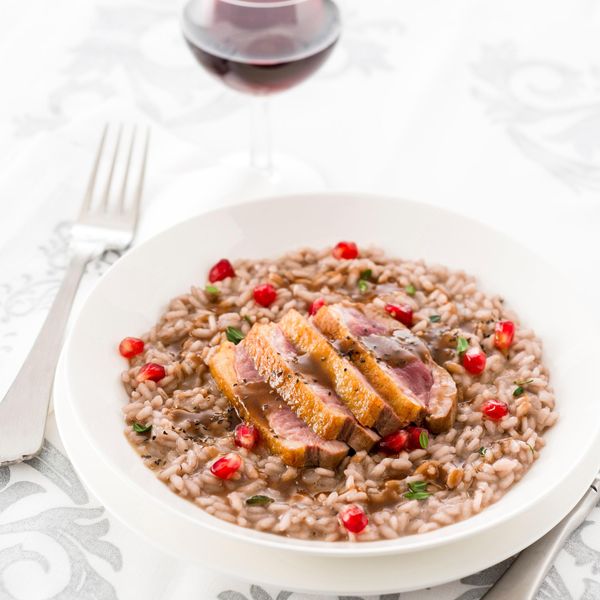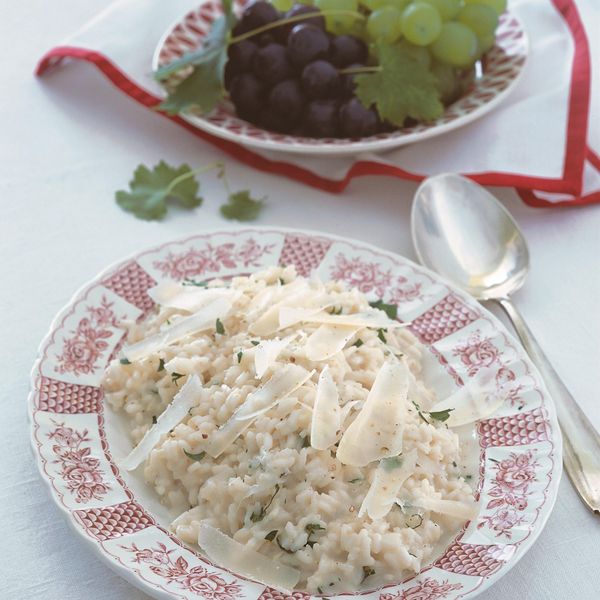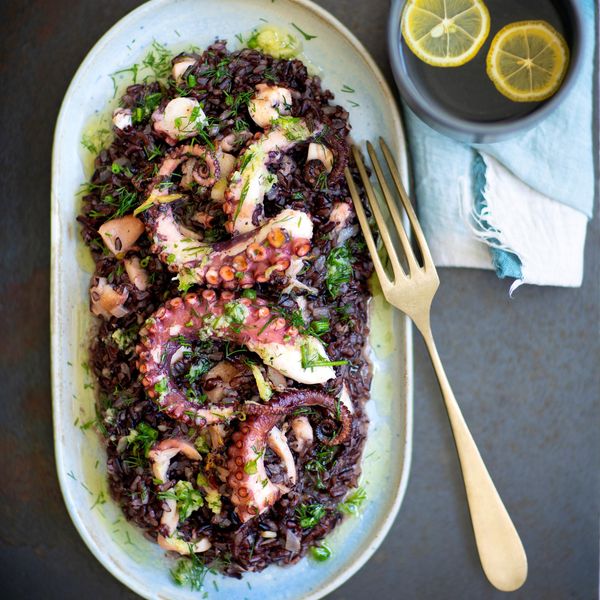
They are not just a trend but a bomb of vitamins, minerals, antioxidants; real concentrates of health. They are good and quick to prepare, and are an excellent way to consume large quantities of fruit and vegetables, whose nutrients will be assimilated quickly by the body
Whether you consider them a breakfast or a detox drink, drink them to give yourself a boost of energy in the middle of the day or use them as a hunger breaker or hangover remedy, there is no denying that this is the magic moment for juices, juices and “green " smoothies .
Today you can find them - ready to drink - in every natural food store, in supermarkets and gyms, in bars and street food kiosks. Themed books and recipes populate bookstores and the web, and every sportsman, even amateur, has his favorites, which he drinks religiously.
Not to mention centrifuges, blenders and juice extractors that wink from the windows of appliance stores to those who love making their own favorite beverages.
So here are the differences between centrifuges, extracts, smoothies and juices and the things to know if you prepare them at home, choosing the fruit and vegetables, always in season.
The juices
The centrifuged one differs from the smoothie for the way it is prepared: it involves the use of the centrifuge which, thanks to the homonymous force, is able to separate the pulp from the peel and, consequently, the insoluble fibers (expelled) from the soluble ones , which remain in the liquid. The juice obtained is a concentrate rich in minerals and vitamins. Since the extraction takes place "hot" (thanks to the high speed movement of the blade), it is however necessary to immediately consume the centrifuged juice to avoid the oxidation process.
The nutrients - vitamins, minerals, enzymes and antioxidants present in the fruit and vegetables used - are absorbed quickly. Celery, carrots and cucumbers are usually paired with fruits such as oranges, pineapples, green apples and customized with aromatic ingredients such as ginger or chilli.
Never centrifuge bananas or avocados , which are perfect for blending.
The extract is the juice obtained with a "cold" juice extractor; the movement of the blade is slow and does not produce heat, so all the nutrients of the juice are kept intact: the insoluble fibers are eliminated as in the centrifuge, but the extracts are more stable than the centrifuged, so you can keep them 1-2 hours (al maximum) in the refrigerator, after which they will be consumed.
The cold juice extractor is especially recommended for fans of "green juices", that is, based on green leafy vegetables .
With an extractor you can also produce almond milk and rice milk ; on the other hand, it is much more expensive than a centrifuge.
If the extract is too thick and you want to dilute it, use water and not milk because, contrary to popular belief, animal milk inhibits the antioxidant action of some fresh ingredients. Coconut water and vegetable milks are also good.
The smoothies
A smoothie has a different texture and flavor than a juice. Smoothies, unlike juices, retain all of the fiber, the most satiating component of fruit and vegetables. A good blender is enough to prepare a smoothie: use the whole fruit if the peel is edible (without any inedible parts) or fruit and vegetables that are already cleaned. However, everything should be cut into small pieces before blending .
If you like it cold, do not add ice which would make it watery, but freeze the cut fruit before blending it : you will have a soft and creamy smoothie.
With the same ingredients, the yield of the smoothie is greater than that of the centrifuged because the insoluble fibers remain in the mixture. Slower to digest, it gives a sense of fullness; it is ideal as a hunger breaker and in the case of slimming diets. They should be eaten quickly , stored for a maximum of 1 day in the refrigerator.
The juices
They are the result of the "mechanical" pressing of whole citrus fruits: oranges, lemons, grapefruits, limes, bergamots, clementines, mandarins, mandarins, chinotto, cedars, etc. Freshly squeezed juices contain very high quantities of water and the sugars, mineral salts and vitamins of fresh fruits. The yield is greater if the fruits have a temperature not below 15 ° and if they are rolled for a few seconds on a surface, under the palm of the hand. As for centrifuged, to avoid the risk of oxidation of nutrients, they should be drunk freshly prepared and possibly without adding ice.
Some important advice:
Use only high quality fruit and vegetables for your drinks, as the taste will suffer.
Choose types of products that you like . It is useless to insert a particular ingredient that you have never liked just "because it is good": you would ruin the flavor of your juice unnecessarily. There is certainly an alternative that will be more welcome to you.
Avoid using too many ingredients together : you will have drinks of an indeterminate and unattractive color, and of uncertain flavor (at best). If you have recipes that inspire you, follow them!
If you want to fully enjoy the beneficial properties of your fruit to drink, avoid adding sugars (remember that a fruit smoothie with ice cream, yogurt or cream becomes a milkshake, and the calorie count skyrockets).
Don't worry: juices and juices (if you don't… "correct them") are 100% vegetables and fruit. Experiment, find the combinations you like best and enrich your day with health "bombs"!






